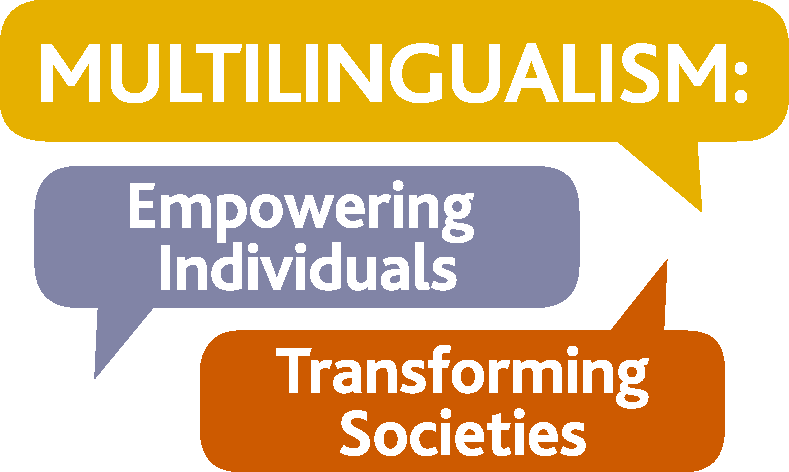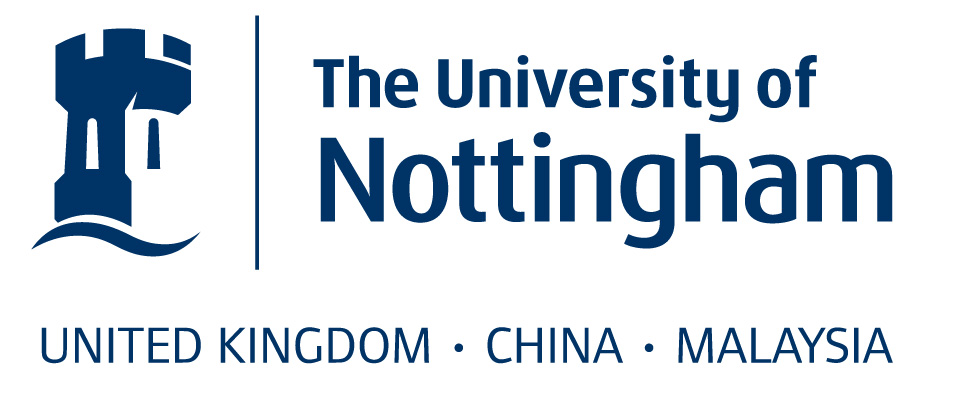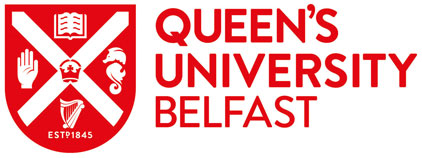The growth of terms and labels which refer to language and, by extension, to language users and language learners is a relatively recent phenomenon and perhaps can be explained by the increased interest since the mid-twentieth century in researching linguistic diversity in different socio-educational settings. Ambiguities arise sometimes because of the overlap of meaning between many of the terms or because different authors interpret and use the terms in different ways. There are also differences in use of labels in different countries.
Second, third etc. language(s)
The ordinal numbering of languages is one of the commonest ways in which language and cognate activities have been defined though it has been used and interpreted in multiple ways. Sometimes the ordering is used to reflect the relative strength of proficiency in two or more languages. Sometimes the numbering is used as an indicator of the order in which the different languages have been acquired.
‘Second language’ is also commonly used to refer to the language of the host community in relation to migrant or non-native speakers learning and using the language. Again, if the individual is already a speaker of two languages, then the second language referred to here does not represent the second in order of acquisition.
Modern foreign languages
This term comes with optional inclusion of one or other of the qualifiers ‘modern’ and ‘foreign’. Within the UK there is some variation in the use of terminology between different constituent parts of the country. In the pre-university educational context of England and Wales the full label is currently almost invariably used including, for instance, in the National Curriculum, GCSE specifications and all official documentation by the Department for Education and related authorities.
Elsewhere, examples of the omission of ‘modern’ is more prevalent, as in the title of the principal professional organisation for language teachers The American Council for the Teaching of Foreign Languages (ACTFL) or the main professional journal Foreign Language Annals in the USA. What does the word ‘modern’ signify when added to the label ‘foreign languages’? On the one hand, ‘modern’ signals a contrast with classical, ancient or medieval languages. But does ‘modern language’, unlike ‘foreign language’ or ‘modern foreign language’, also denote a discipline rather than a linguistic referent? There seems to be a greater preference for excluding ‘foreign’ in university-referenced labelling (e.g. Modern Language Association, UCMLA). In Spain there are no university modern languages departments - only ‘departamentos de filología’.
Additional languages
This term has become increasingly popular in recent years and probably owes its attraction to the apparent neutrality it conveys. The adjective ‘additional’ so far never, I think, appears in a collocation with a language other than English. Why don’t we, for instance, refer to learners with ‘French as an additional language’? Indeed, ‘English as an additional language’ has a specific contextual meaning in the UK and is roughly equivalent to first generation or 1.5 generation individuals with a limited proficiency in English.
Heritage languages and Community languages
This term initially gained prominence in Canada in the 1970s with the introduction of the Heritage Languages Program in the province of Ontario which funds the teaching of heritage languages for up to two and half hours per week after school. The program was renamed ‘International languages program’ in the 1990s to emphasise the contemporary economic and cultural value of the languages in an era of globalisation.
The term ‘heritage’ can be interpreted to imply, on the one hand, a temporal link with a language of the past and, on the other, a link with a country of origin different to the current home country.
In the UK, Australia and New Zealand, while references to ‘heritage language’ can be found in the literature and media, the more commonly used designation is ‘community languages’. Thus NALDIC defines community languages as ‘spoken by members of minority groups or communities within a majority context. Some of these are languages which have been used for hundreds of years in Britain, others are of more recent origin.’ In contrast with ‘heritage language’ the significance of the term ‘community language’ is the implied presence of the community in the here and now of the mainstream community. The French equivalent, ‘langue d’origine’, lacks this connotation.
Are these terms, in their designation of migrant-background communities, only to be found in the English language and in countries with a longstanding history of immigration? I wonder what happens in other languages and countries…
Note: comments are moderated before publication. The views expressed in the comments are those of our users and do not necessarily reflect the views of the MEITS Project or its associated partners.







